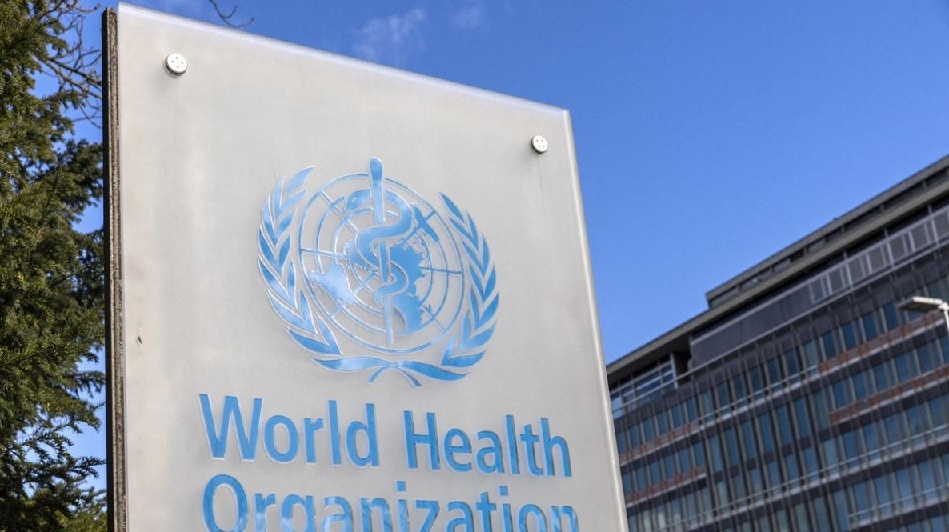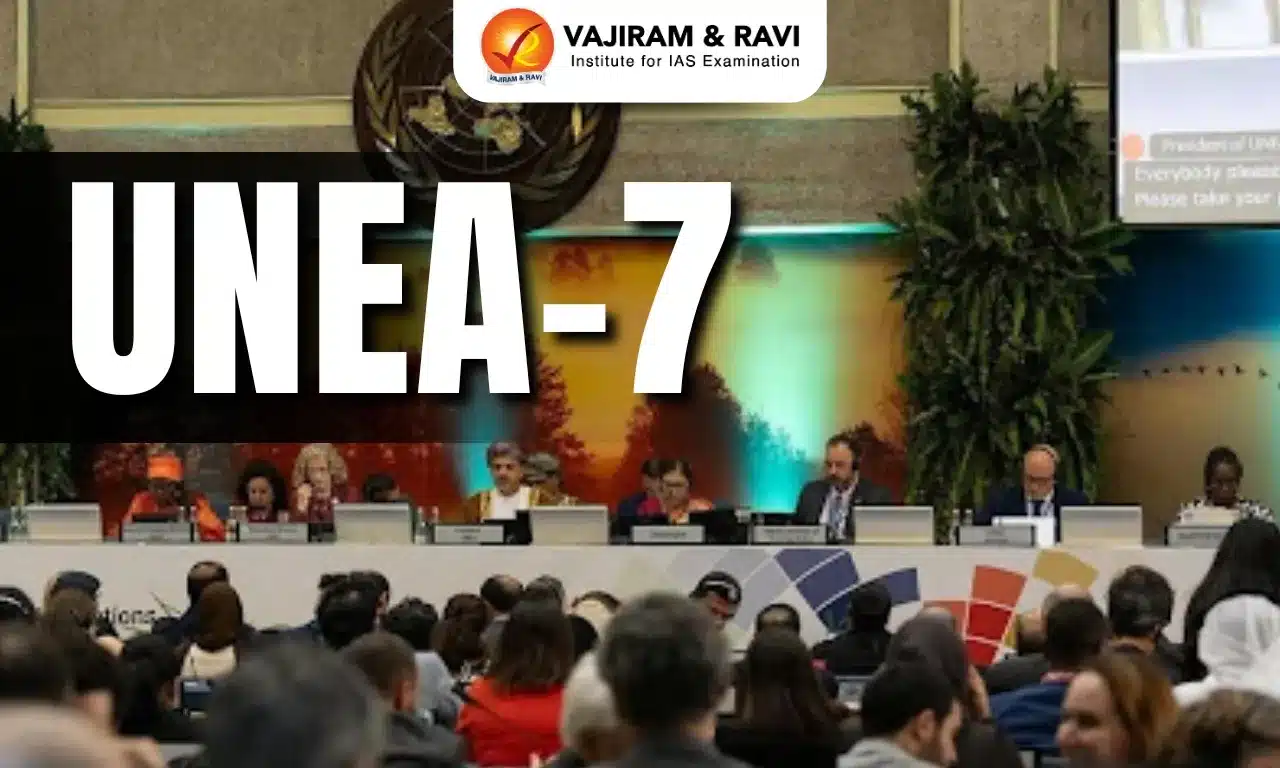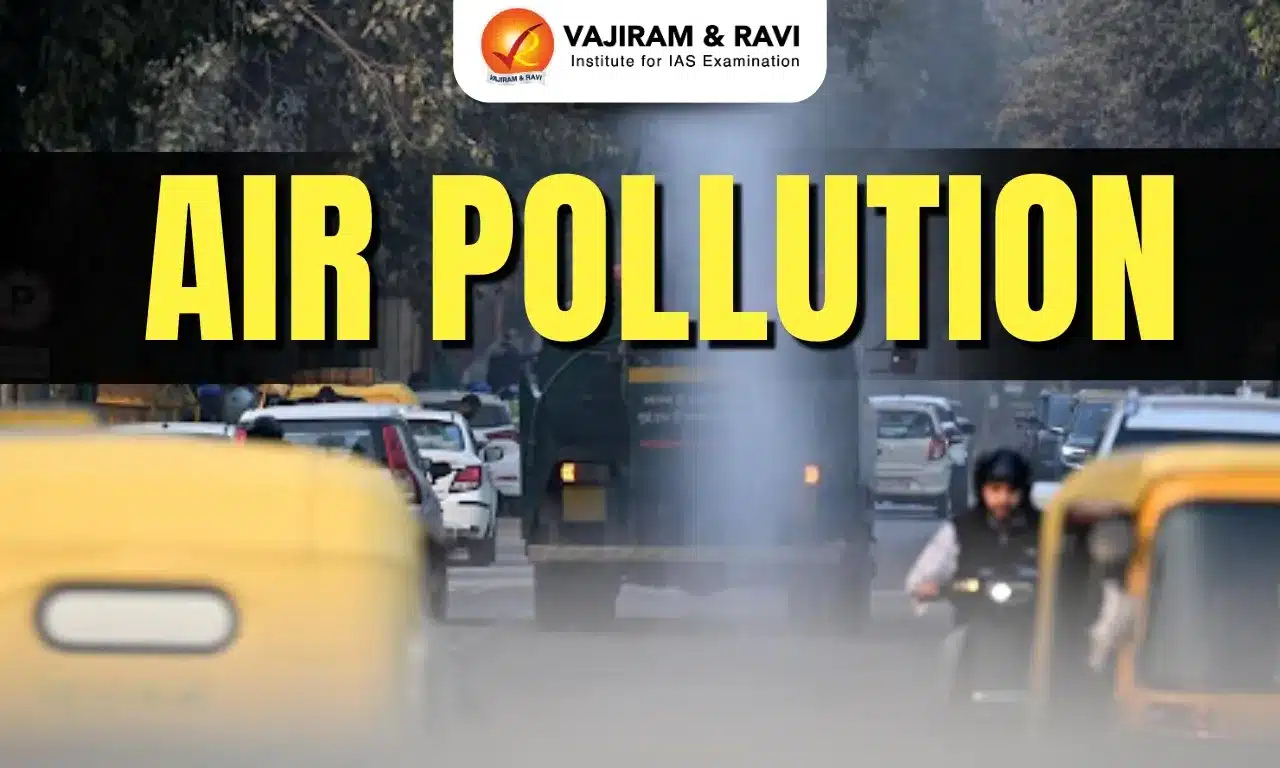What’s in today’s article?
- Why in news?
- What is WHO and UNICEF estimates for national immunisation coverage?
- What is Universal Immunization Programme (UIP)?
- What is Mission Indradhanush (MI)?
- News Summary: India recorded all-time high of 93% DPT3 immunisation coverage in 2022
- Key findings of the WHO and UNICEF estimates for national immunisation coverage 2022
Why in news?
- The WHO and UNICEF estimates for national immunisation coverage for 2022 has been released recently.
- As per this estimate, the coverage rate for DPT3, the third dose of diphtheria, pertussis and tetanus vaccines, in India rose to an all-time of 93% in 2022.
- This has surpassed the previous pre-pandemic best of 91% recorded in 2019.
- It also marks a sharp increase from the 85% recorded in 2021.
What is WHO and UNICEF estimates for national immunisation coverage?
- Each year WHO and UNICEF jointly review reports submitted by Member States regarding national immunization coverage, finalized survey reports as well as data from the published and grey literature.
- Based on these data, with due consideration to potential biases and the views of local experts, WHO and UNICEF attempt to distinguish between situations:
- where the available empirical data accurately reflect immunization system performance and
- those where the data are likely to be compromised and present a misleading view of immunization coverage.
- Through a rigorous method, WHO and UNICEF jointly estimating the most likely coverage levels for each country.
- WHO and UNICEF estimates are country-specific; that is to say, each country’s data are reviewed individually, and data are not borrowed from other countries in the absence of data.
What is Universal Immunization Programme (UIP)?
- Background
- Expanded Programme on Immunization was launched in 1978. It was renamed as Universal Immunization Programme in 1985 when its reach was expanded beyond urban areas.
- In 1992, it became part of Child Survival and Safe Motherhood Programme.
- In 1997 it was included in the ambit of National Reproductive and Child Health Programme.
- Since the launch of National Rural Health Mission in 2005, Universal Immunization Programme has always been an integral part of it.
- About
- UIP is one of the largest public health programmes targeting close of 2.67 crore newborns and 2.9 crore pregnant women annually.
- Under UIP, immunization is providing free of cost against 12 vaccine preventable diseases:
- Nationally against 9 diseases – Diphtheria, Pertussis, Tetanus, Polio, Measles, Rubella, severe form of Childhood Tuberculosis, Hepatitis B and Meningitis & Pneumonia caused by Hemophilus Influenza type B
- Sub-nationally against 3 diseases – Rotavirus diarrhoea, Pneumococcal Pneumonia and Japanese Encephalitis;
- A child is said to be fully immunized if child receives all due vaccine as per national immunization schedule within 1st year age of child.
- Major milestones
- The two major milestones of UIP have been the elimination of polio in 2014 and maternal and neonatal tetanus elimination in 2015.
What is Mission Indradhanush (MI)?
- MI was launched in December 2014 and aims at increasing the full immunization coverage to children to 90%.
- Under this drive focus is given on pockets of low immunization coverage and hard to reach areas where the proportion of unvaccinated and partially vaccinated children is highest.
- A total of six phases of Mission Indradhanush have been completed covering 554 districts across the country.
- In 2017, the government introduced the Intensified Mission Indradhanush (IMI) to significantly enhance the immunization campaign.
News Summary: India recorded all-time high of 93% DPT3 immunisation coverage in 2022
- The 2022 WHO/UNICEF estimates of National Immunization Coverage (WUENIC) for its 195 member states have been released recently.
Key findings of the WHO and UNICEF estimates for national immunisation coverage 2022
- Global coverage
- Global immunisation services reached around 4 million more children in 2022 compared with the previous year.
- In 2022, about 20.5 million children remained either unvaccinated or under-vaccinated (missed out on one or more vaccines delivered through routine immunisation services).
- Coverage in India
- India accounted for 1.6 million of the unvaccinated and under-vaccinated children for DPT-3 (diphtheria, pertussis, and tetanus).
- DPT vaccine is a class of combination vaccines against three infectious diseases in humans: diphtheria, pertussis, and tetanus.
- This vaccine is administered to children in 3 doses, for children below 7 years of age.
- The coverage of this vaccine is often used to assess how well countries are doing in providing routine immunisation services to children.
- This is despite achieving 93 per cent coverage for its 22.5 million infants in 2022.
- India accounted for 1.6 million of the unvaccinated and under-vaccinated children for DPT-3 (diphtheria, pertussis, and tetanus).
- Performance of the WHO South-East Asia Region
- The region had the best immunisation recoveries among all the WHO regions.
- This can be majorly attributed to the efforts being made by India and Indonesia.
- Impact of inequities in immunisation coverage
- The inequities in immunisation coverage leading to accumulation of pockets of unvaccinated children posed the risk of outbreaks of measles, diphtheria, and other vaccine-preventable diseases.
Q1) What is World Health Organisation (WHO)?
The World Health Organization (WHO) is a specialized agency of the United Nations responsible for coordinating and providing leadership on international public health issues. Established in 1948, the WHO’s headquarters is located in Geneva, Switzerland. The primary goal of the World Health Organization is to promote global health, monitor health trends, and provide technical assistance to countries in dealing with health-related challenges.
Q2) What is UNICEF?
UNICEF stands for the United Nations Children’s Fund. It is a specialized agency of the United Nations dedicated to providing humanitarian and developmental assistance to children and mothers in developing countries. UNICEF was established in 1946 and is headquartered in New York City, United States. The organization operates in over 190 countries and territories around the world, working to ensure that every child has access to basic healthcare, education, nutrition, clean water, and protection from violence and exploitation.
Source: India recorded all-time high of 93% DPT3 immunisation coverage in 2022: WHO | National Health Mission | WHO | Money Control
Last updated on December, 2025
→ Check out the latest UPSC Syllabus 2026 here.
→ Join Vajiram & Ravi’s Interview Guidance Programme for expert help to crack your final UPSC stage.
→ UPSC Mains Result 2025 is now out.
→ UPSC Notification 2026 is scheduled to be released on January 14, 2026.
→ UPSC Calendar 2026 is released on 15th May, 2025.
→ The UPSC Vacancy 2025 were released 1129, out of which 979 were for UPSC CSE and remaining 150 are for UPSC IFoS.
→ UPSC Prelims 2026 will be conducted on 24th May, 2026 & UPSC Mains 2026 will be conducted on 21st August 2026.
→ The UPSC Selection Process is of 3 stages-Prelims, Mains and Interview.
→ UPSC Result 2024 is released with latest UPSC Marksheet 2024. Check Now!
→ UPSC Prelims Result 2025 is out now for the CSE held on 25 May 2025.
→ UPSC Toppers List 2024 is released now. Shakti Dubey is UPSC AIR 1 2024 Topper.
→ UPSC Prelims Question Paper 2025 and Unofficial Prelims Answer Key 2025 are available now.
→ UPSC Mains Question Paper 2025 is out for Essay, GS 1, 2, 3 & GS 4.
→ UPSC Mains Indian Language Question Paper 2025 is now out.
→ UPSC Mains Optional Question Paper 2025 is now out.
→ Also check Best IAS Coaching in Delhi

















